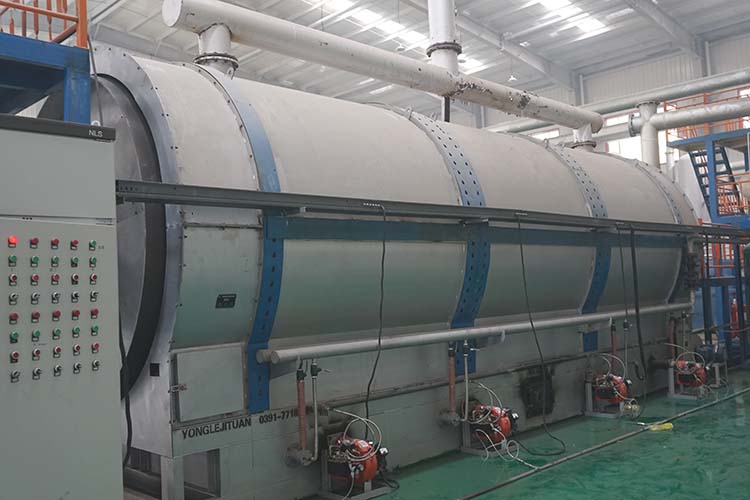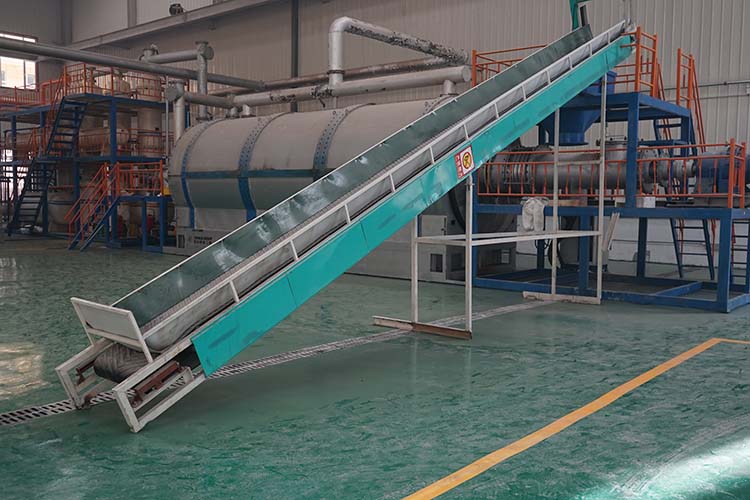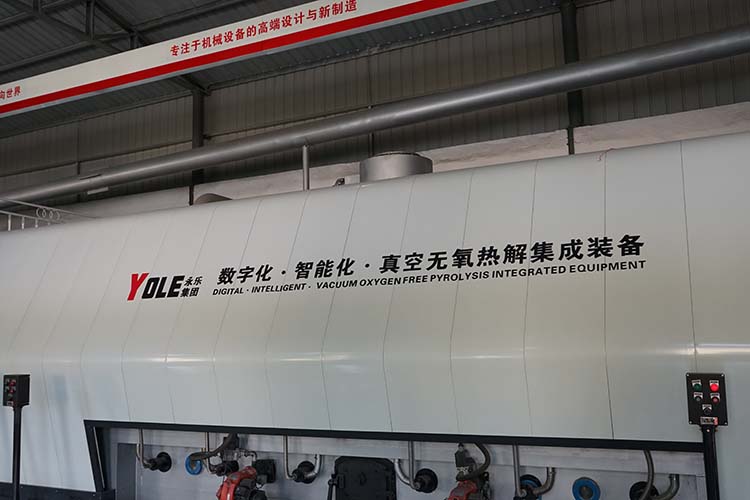In today's rapidly developing healthcare industry, the management of medical waste has become increasingly important. The unique shapes and compositions of medical waste present numerous challenges for its disposal.
Medical waste treatment equipment employs high-temperature pyrolysis technology. In the pyrolysis furnace, medical waste undergoes pyrolysis and gasification under oxygen-deficient conditions, with the internal gas temperature controlled between 200 and 400°C, while the central temperature of the ash can reach up to 850°C. During this process, organic waste is converted into combustible gases, such as carbon monoxide and methane, as well as generating water vapor, acidic gases, and solid ash. This conversion process not only effectively reduces the volume of medical waste but also safely transforms it into usable resources.

After the waste undergoes pyrolysis, the resulting combustible gases enter the mixing chamber. Here, these gases are intensely mixed with air entering tangentially, and then sent to the secondary combustion chamber. Inside this chamber, the flue gas temperature can reach between 850 and 1100°C, with a residence time of more than 2 seconds. This high-temperature treatment ensures that the organic matter in the flue gas can be completely combusted, minimizing environmental pollution to the greatest extent possible.
The equipment also features integrated control, with the pyrolysis furnace and secondary combustion chamber operating in unison. This integrated design not only ensures the safe combustion of medical waste but also maximizes the activation of the waste's own heat, thereby reducing operating costs. This innovation effectively enhances the efficiency and economic viability of medical waste treatment, aligning with current environmental protection demands.

With the increasing global awareness of environmental protection and sustainable development, the market demand for medical waste treatment equipment is also on the rise. Improper disposal of medical waste can lead to serious environmental pollution and pose threats to public health. Therefore, promoting new types of medical waste treatment equipment can effectively reduce the negative impact of the healthcare industry on the environment and push society towards sustainable development.
Moreover, the advantages of this equipment also help medical institutions improve the safety and efficiency of waste disposal. Through efficient pyrolysis and combustion processes, hospitals and healthcare facilities can legally and compliantly process the waste they generate, reducing risks and ensuring the safety of medical staff and patients. The application of medical waste treatment equipment not only effectively disposes of medical waste but also provides technical support for the green transformation of the healthcare industry.

In the future, as technology continues to advance, medical waste treatment equipment will become more intelligent and efficient. Ongoing innovations from manufacturers will drive developments in this field, contributing to environmental protection. Through the proper use and management of equipment, the healthcare industry can ensure safety while achieving resource recycling, truly realizing sustainable development.
Yongle Environmental Protection is mainly engaged in the research and development, production and sales of complete sets of technical equipment for organic solid waste disposal and comprehensive utilization. Production and manufacturing, domestic waste treatment equipment, tire pyrolysis equipment, medical waste disposal equipment, hazardous waste disposal equipment, and achieve efficient and comprehensive utilization of resources through independently developed low-temperature anaerobic pyrolysis equipment technology solutions.
Tags:Medical waste treatment equipment contributes to environmental protection and sustainable development,medical waste treatment equipment,YONGLE GROUP
 Latest news
Latest news


























